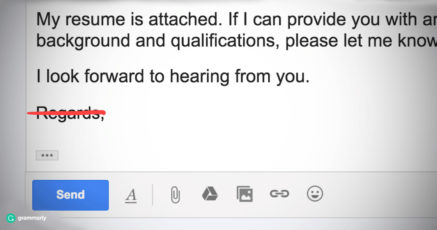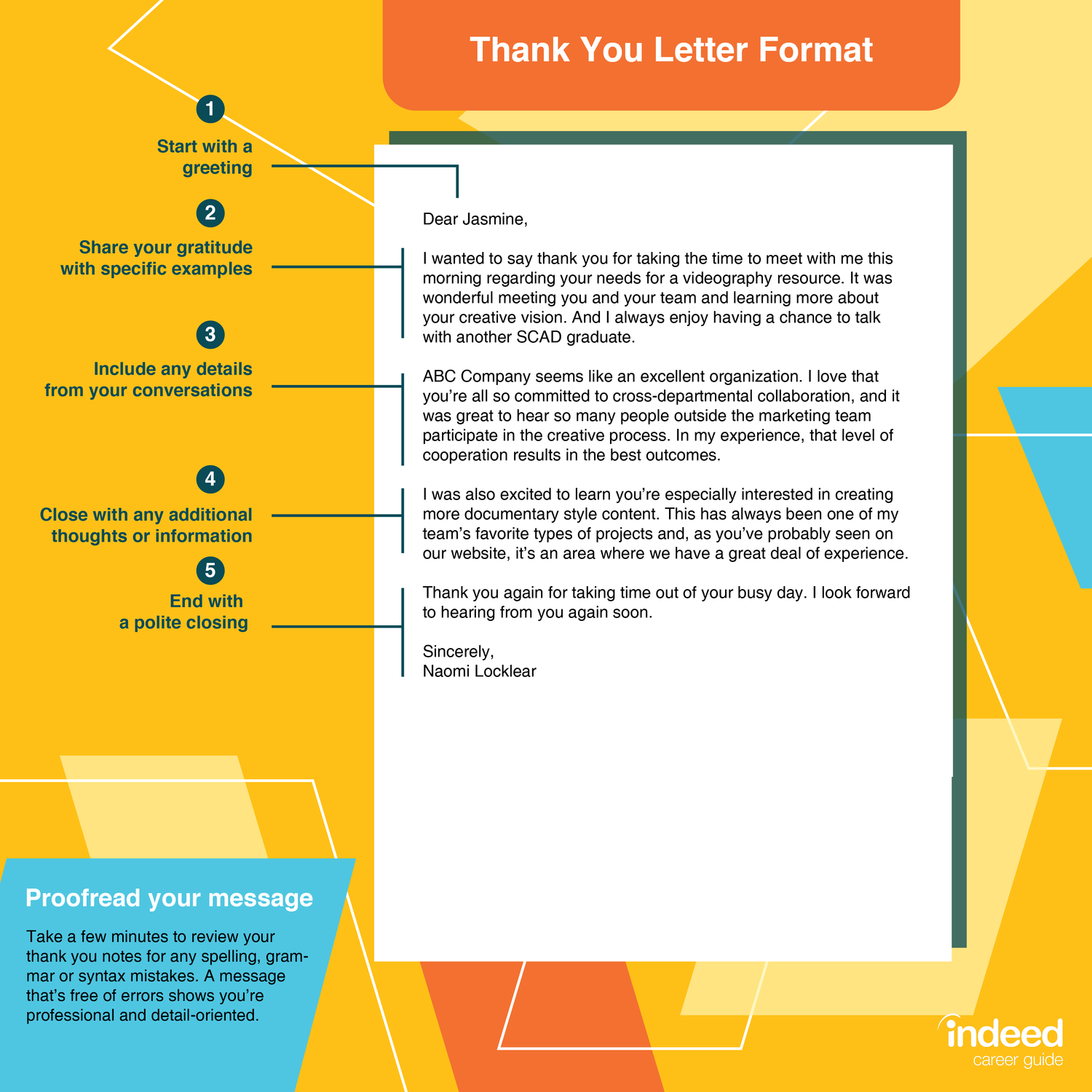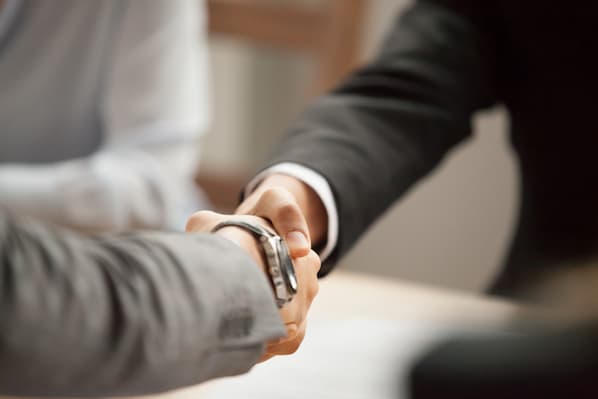

- #Proper way of signing letter thank you and best regards full#
- #Proper way of signing letter thank you and best regards professional#
If your email is asking a question or requests that something to be done, this is an appropriate closing phrase.

#Proper way of signing letter thank you and best regards professional#
Getting the right balance between a friendly and professional tone can be quite tricky, especially when it comes to finishing your email.

For instance, if you are writing a letter of support to a friend undergoing a personal crisis, you might write In solidarity.During my time as an EF English Live teacher I have helped a lot of people write business emails. You may also choose a phrase that relates directly to the content of your letter. For letters to close friends, you may even use a personal catchphrase. Some common sign offs for informal letters include Love, Hugs and kisses, and Your friend. Some formal and semi-formal variants of sign offs are listed below: FormalĪs with greetings, sign offs in informal letters tend to have a more conversational tone than those in formal or semi-formal letters. Semi-formal letters often use a truncated version of formal sign offs. Avoid using sign offs, such as Love, that imply a high degree of intimacy between you and the recipient. In formal and semi-formal letters, it's best to stick with traditional sign offs, such as those listed in the previous paragraph. In all letters, the sign off should end with a comma. Some common sign offs for letters of all degrees of formality include Best regards, Sincerely, and Yours truly. As compared to the greeting, you have more options of phrases to use at your disposal. In your final sign off (or closing), you should aim to be brief and courteous. Informal greetings end in a comma rather than a colon. Some writers substitute Hello or Hi for Dear. You may choose to use a more conversational tone. But because informal letters are reserved for personal correspondence between friends and family members, you have a greater degree of latitude in how you phrase your greeting. Greetings for informal letters should similarly convey friendliness and courtesy. Semi-formal greetings follow the same format as formal greetings however, you may refer the recipient by his or her first name. If you do not know the name of the recipient, use Dear Sir or Madam or To whom it may concern. Letters that aren't addressed to a specific person are less likely to be read. You should strive to address your letter to a specific person.
#Proper way of signing letter thank you and best regards full#
If you do not know the recipient’s gender, you may use the person's full name and omit the title. If you are unsure of a woman's title preference, use Ms. Be sure to confirm what title the recipient prefers before writing your letter.
/cover-letter-closing-examples-2060311-v2-5bd08955c9e77c0051fcd689.png)
Formal and semi-formalįor formal letters, address the recipient with a courtesy title (i.e., Mr, Mrs, Miss, Ms, Dr) followed by the person's last name. The most common greeting is Dear followed by the recipient's name. In a formal letter, your greeting (or salutation) should strike a warm yet respectful tone. Most personal correspondence (e.g., informal invitations, letters of condolence) should be informal. Business letters whose recipient you know very well (e.g., a former boss) may be semi-formal. Most business correspondence (e.g., cover letters for job applications, insurance claims, letters of complaint) should be formal. The degree of formality in your letter ( formal, semi-formal, or informal) will determine what kind of greeting and sign off you should use. Formal or informal?īefore you begin writing, think about why you're writing your letter and who will be receiving it. This page offers suggestions for good ways to open and close your letters. Choosing the right greeting and sign off will go a long way toward that goal. It's important to start and end your letter on a strong note so that the recipient will respond favourably to your message.


 0 kommentar(er)
0 kommentar(er)
